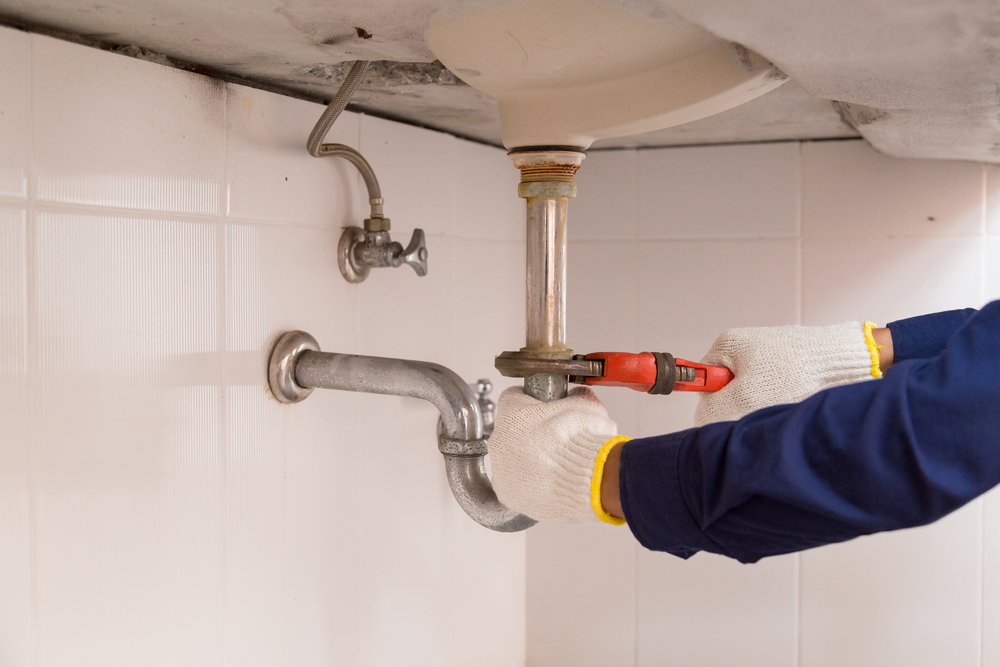Spray foam is an extremely versatile product that has multiple uses if applied in the correct way and in the right locations, which can save you time, money, and energy.
Using spray foam for plumbing penetrations can be a great time-saver but it can also be problematic to get absolutely right, especially when you need to fill gaps in hard-to-access areas or are working on a renovation or flip project.
When you are under pressure to complete a project, perhaps you need to hit air seal targets, maybe the client requires access on a particular date, don’t be taking guesses.
Here is our guide to what you need to use and where you can use it.
How to Get Great Results Using Spray Foam For Plumbing Penetrations.
- Preparation is key to achieving a good result. Ensure the penetration and surrounding area is dust, debris free and dry.
- Protect any finished surfaces as the active chemicals in spray foam could cause discoloration or damage.
- Make sure the area in which you are working is properly ventilated, especially if the penetration is within an attic or crawl space.
- Shake the can for a minimum of 60 seconds, more if you are working in cold conditions.
- The ideal temperature range for using spray foam in a can is 60-90°F (15-32°C).
- For best results fit an adjustable foam dispensing gun to the can, then practice on surplus material, i.e. a drywall offcut, to make sure the foam bead size is ideal for the penetration.
- The dispensing gun can be adjusted to produce a foam bead from 1/8th of an inch to three inches.
- Do not be in a rush!
- Do not overfill the penetration. A half-inch bead of foam will quickly expand to fill a one-inch gap.
- Within ten to fifteen minutes the foam should cease to be tacky. If it is taking any longer then you could use a water mister to accelerate curing. Foam is normally fully cured within 24 hours.
- Once the spray foam is fully cured, use a sharp serrated knife blade to cut away any excess and use a proprietary foam cleaner to wipe up any minor spills.
- When using the product in an outdoor location it is best to paint or cover the foam to prevent UV damage and discoloration from sunlight.
- Dispose of any excess material as per the manufacturer’s instructions and local codes.
- If using a foam dispensing gun simply clean off the tip and store in an upright position. The foam will remain usable for up to thirty days. But always make sure the flow control screw is shut off correctly.
- Without a foam dispensing gun the straw tube applicator will likely seal itself within two to three hours from last use.
- Once the work is done, and the can has been emptied, thoroughly clean out the foam dispenser gun.
What is the Best Spray Foam Product to Use For Plumbing Penetrations?
Within the home, holes around pipes are best filled with a low expansion type foam to prevent overfilling and producing too much waste material. For external gaps, around drainage pipes for example, you may consider using a more specialist product, perhaps one rated to repel insects such as Great Stuff Pest Block.
When filling gaps through sidings it is best practice to cover these penetrations with a proprietary sealant, while at foundation level use mortar to finish a penetration in masonry.
Low expansion foam can also be used where pipes pass through timber wall studs to reduce any potential noise nuisance produced by the movement of water through the system.
These Spray Foam Products Target Specific Uses
Great Stuff Big Gap Filler is good for gaps up to three inches wide, making it an ideal choice for renovators who need to get into those difficult to reach spots under bathtubs and under plumbed in sinks. It is inexpensive too and creates a good water-resistant seal in just 24 hours.
Red Devil Foam & Fill cures to a waterproof seal, ideal for those external penetrations it can help to keep moisture out of the home. It will stick to timber, masonry, aluminum, fiberglass and cinder blocks, making it a versatile and secure choice.
Tomcat Rodent Block has been created with a bitter-tasting formula to deter nibbling pests such as mice and rats. Used in conjunction with steel wool this combination should deter any rodent from chewing their way into your home.
What Are the Alternatives?
When the penetrations are too large for foam then other means may be preferable to the home renovator or general contractor. Anything over three inches is usually too big an ask for foam to take care of with any great level of security.
Rockwool Batts
Rockwool batts with sealing caulk may be used where previous works have left large holes in masonry walls, and it is impractical to repair with masonry.
Silicone Mastic
In new construction works low expansion foam can be a great choice, but in areas where penetrations are visible, or subject to a lot of exposure to water, then sealing with a silicone mastic and covering with a plastic cap will prevent leaks and look good too.
High Temperatures
If your penetrations are likely to be exposed to heat, then a specialist heat resistant alternative sealant should be used, such as 3M’s Fire Block.
Smaller Penetrations
Smaller penetrations could be sealed with a silicone mastic sealant, however, they can be prone to shrinkage over time, so check the manufacturer’s recommendations.





